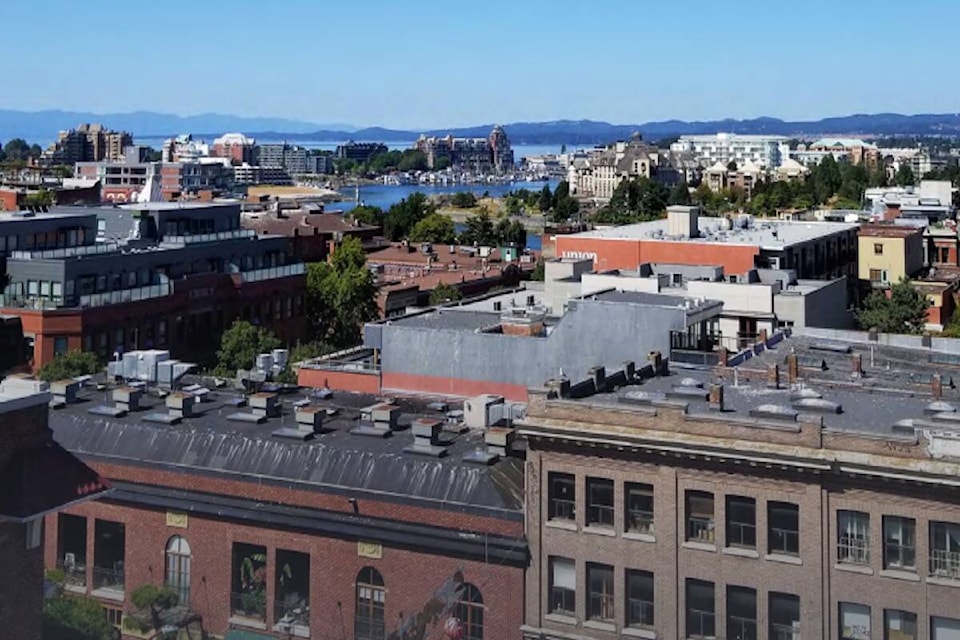Emissions from the Capital Regional District’s operations rose last year as half of its climate action goals are not on track.
The CRD’s Climate Action Strategy – which outlines the region’s path to net zero emissions by mid-century – established six goal areas that will be the focus of sustainability efforts. The 2022 climate action progress report said the region isn’t on track when it comes to half of those focus areas.
The most recent emissions inventory found most of the Capital Region’s greenhouse gas (GHG) reductions since 2007 were the result of the sudden drop in transportation emissions early in the pandemic. The progress report found road transportation and buildings emissions – the two main GHG sources overall – will be higher in 2022 than in 2020.
The CRD is expected to release its 2022 emissions inventory in late 2023.
The progress report said key initiatives for meeting the CRD’s goal of cutting emissions by 60 per cent by 2038 include: increasing the uptake of transit, walking, cycling and other modes of active transportation; accelerating the adoption of zero-emissions vehicles; retrofitting existing buildings, improving energy efficiency and converting fossil fuel heating systems to electric; and transitioning to constructing net-zero ready new buildings.
Emissions created from the CRD’s operations rose by one per cent in 2022 compared to 2021. That translates into a six per cent drop in the CRD’s corporate emissions from 2007 levels – far from the goal of hitting a 45 per cent reduction by 2030.
CRD-owned buildings accounted for just under 60 per cent of the corporate emissions, with pollution from those facilities rising by 11 per cent from 2021 to 2022. A significant portion of that increase was due to more oil being used at Sooke’s SEAPARC complex following issues arising with the site’s natural gas boiler. Heating oil and other fuels accounted for almost seven per cent of the total corporate emissions in 2022, with natural gas use in buildings responsible for 36 per cent.

The progress report found meeting corporate emission targets will take accelerating the decarbonization of CRD facilities, including the Panorama Recreation Centre, SEAPARC, the Fisgard Street headquarters, and the Integrated Water Services headquarters. Other identified actions include procuring more electric and plug-in hybrid fleet vehicles and doing annual audits that will aim to improve energy efficiency by five per cent every year.
While the progress report said focus areas pertaining to sustainable land-use planning, low-carbon mobility and making buildings operations cleaner and more resilient are on track, there are opportunities for improvement surrounding the three remaining goals.
Areas not considered to be on track include working climate-focused decision-making into all CRD service areas, minimizing municipal waste and creating resilient and abundant nature, ecosystems and food systems.
READ: Network of major Greater Victoria buildings charting the path to zero emissions
Do you have something to add to this story, or something else we should report on?
Email jake.romphf@blackpress.ca
Follow us on Instagram. Like us on Facebook and follow us on Twitter.



